From Gangnam to 'Carrier Style'
Updated: 2013-04-19 07:36
By Zhao Shengnan in Qingdao, Shandong province (China Daily)
|
||||||||
A storm of excitement swept across Chinese websites after the successful landing and subsequent takeoff of a Shenyang J-15 carrier-borne fighter jet from Liaoning on Nov 23.
The excitement grew to fever pitch when "Carrier Style" rapidly eclipsed the online craze for the Gangnam Style music video in China.
The movement, named after the best-selling song and dance craze, saw netizens posting photos of themselves on micro-blogging sites, copying the gestures they'd seen the takeoff and landing crews using on the Chinese aircraft carrier - kneeling with their arms outstretched, or an arm, or possibly two fingers, held horizontally and pointing straight ahead.
On a more serious note, the public also became aware of the dangers faced by the crews as state-of-the-art weaponry flashed by, just a few meters from where they stood.
As one of the two takeoff assistants involved in the "Carrier Style" imitated by netizens, Chen Xiaoyong, 35, has to make a crucial, split-second decision on whether a J-15 can takeoff, based on information from the pilot and crew.
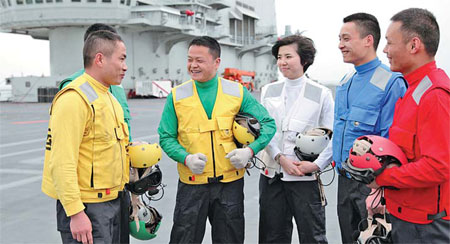 |
|
Chen Xiaoyong (second left), one of the two takeoff assistants, in discussions with fellow crew members. |
"The runway is so short on the aircraft carrier that the jet's wing can be as little as 1 meter away from me, the sound of its high-powered engine is overwhelming, and the sand clouds raised by the takeoff keep covering my goggles," said Chen, dressed in his yellow uniform.
The Liaoning's runway is about one-fifteenth the length of a conventional land-based one, and a jet's flame trail can reach a temperature of 2,000 C. If a jet strays slightly from the runway, the flame can blow the nearby takeoff assistants into the sea or simply roast them alive.
But Chen, stocky and tough looking, shrugged off the dangers: "Before I came onboard, I just knew the post involved a lot of responsibility. I never expected it to be so risky, but my top priority is the security of the jets and safety of the pilots."
To avoid alarming his family, Chen kept his job confidential for years. His wife, 5-year-old daughter and parents were unaware of his role until his wife saw him on the television footage of the aircraft carrier as he watched the J-15 takeoff.
"Every sailor has a mission to accomplish. The pressure doesn't come from the risks I face, but from guaranteeing the safety of the pilots through sound teamwork," he said.
While November's successful landing and takeoff marked the public debut of the fighter jet, the rehearsals were completed at the flight test base where Tian Wei works.
Dozens of gestures were designed to facilitate the J-15's maneuvers, including the so-called Carrier Style. Further refinement of the gestures is ongoing. For example, to signal that it's safe for the jet to take off, the assistants originally gestured in the direction of the deck with two fingers. Safety concerns saw the gesture abandoned and replaced by a horizontally raised arm.
"Given that the takeoff assistant may accidentally touch the deck because of the movement of the vessel, we refined the gestures to ensure that they are completely unambiguous and we can avoid any possible misunderstandings," said Tian, 33.
"Our job is like driving a car. Someone has made it and someone has taught us how to drive it, but real proficiency depends on one's own efforts," he said.
- China discloses how PLA troops are formed
- Civilians visit Liaoning aircraft carrier
- Civilians visit Liaoning aircraft carrier
- Youth asked to learn from Good Samaritans
- J-15 fighter able to attack over 1,000 km
- Jet launch inspires 'Carrier Style' craze
- China's first aircraft carrier anchors in Qingdao
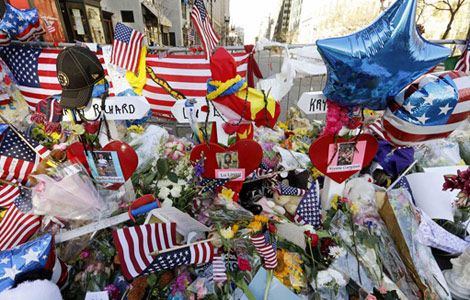
 Chinese victims' families arrive in Boston
Chinese victims' families arrive in Boston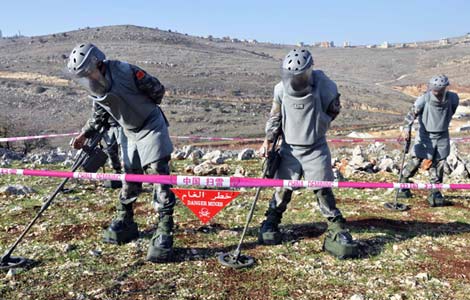
 Chinese soldiers clear mines, win hearts
Chinese soldiers clear mines, win hearts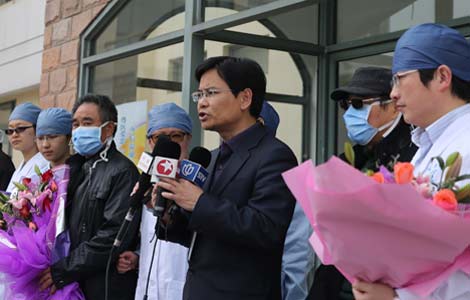
 More bird flu patients discharged
More bird flu patients discharged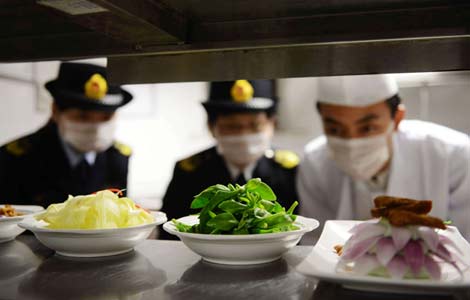
 Credibility still top concern for Chinese firms
Credibility still top concern for Chinese firms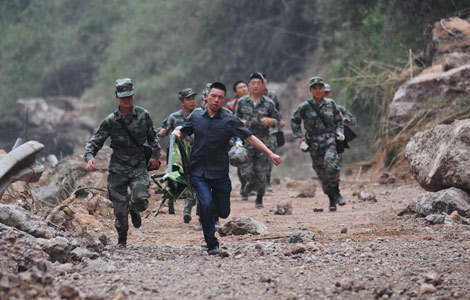
 Every second counts in rescue
Every second counts in rescue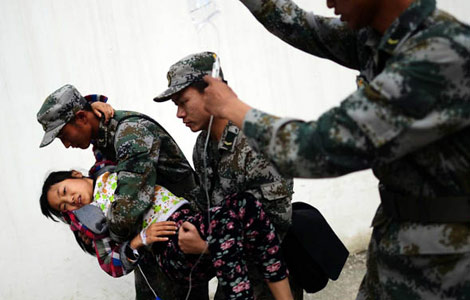
 Soldiers bring hope to earthquake-battered region
Soldiers bring hope to earthquake-battered region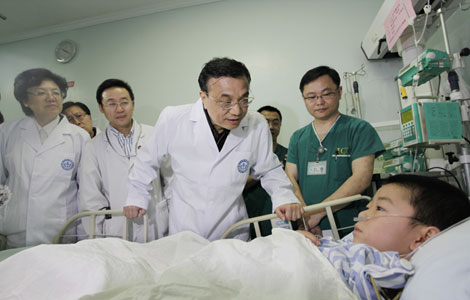
 Premier visits quake-affected in hospital
Premier visits quake-affected in hospital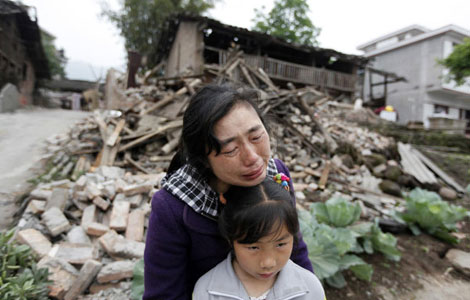
 Quake-affected people lose homes
Quake-affected people lose homes
Most Viewed
Editor's Picks

|

|

|

|

|

|
Today's Top News
Live report: 7.0-magnitude quake hits Sichuan
Chinese soldiers clear mines, win hearts
Intl scholarship puts China on the map
More bird flu patients discharged
County struggles to recover
Telecom workers restore links
Relief materials to reach quake zone
Govt: faster transfer for foreign quake aids
US Weekly

|

|






